 New obsession alert: this weekend I chomped through the entire first season of The Man in the High Castle, an Amazon original production. (An aside: I love that Netflix and now Amazon are diversifying our choices with original productions. So cool).
New obsession alert: this weekend I chomped through the entire first season of The Man in the High Castle, an Amazon original production. (An aside: I love that Netflix and now Amazon are diversifying our choices with original productions. So cool).
The premise was what got me when I read the review: it is an alternate history set in the (former) United States after Germany and Japan won World War II. The year is 1962 and in one of the opening scenes, a giant swatstika glows over what is still a very recognizable Times Square. The effect is chilling as heck.
The plot in The Man in the High Castle centers on the resistance movement. The East Coast and much of the Midwest is now called the Greater Nazi Reich. The West Coast has been taken over by Japan and is called the Pacific States. Between them, near the Rockies, is the “neutral zone.” In the first episode, a woman named Juliana sees her sister killed by Japanese imperial police in San Francisco just after her sister reveals she is part of the resistance and gives Juliana a film the they’re smuggling. On the East Coast, a young man joins the resistance and agrees to drive a truck full of contraband to the neutral zone. When Juliana heads off to the neutral zone too, in search of answers about what her sister was up to, we know it’s just a matter of time before these two meet up.
The show is based on a novel by Philip K. Dick (who also wrote the book on which Blade Runner is loosely based), so there are some interesting twists. Some of the characterizations are a bit wooden and the romantic tension between the two leads fails to feel authentic, but the production is moody and engaging, even when you’re not quire sure you’re buying into everything that’s going on. Some characters just absolutely shine, like Juliana’s boyfriend who gets reluctantly pulled into the fray and an evil New York Nazi named John Smith (get it? The evil in Everyman) who is chillingly convincing in showing us how the average middle manager could turn ruthless under the right regime.
Despite the uneven character development and the sometimes implausible and unnecessary twists, the world is absolutely mesmerizing. The detail is breathtaking, from Rock Hudson movies that never were (but might have been) to the oblique references to events in the new history (such as a throwaway reference to Stalin being assassinated in 1949 and a perfectly lovely midwestern cop telling the male lead that some flakes falling from the sky are the local hospital incinerating the infirm because they’re a “drag on the state”). In one scene, a man opens a simple box to retrieve a weapon. Inside, there is a subtly cast symbol of the Reich, a detail so small, which is onscreen for just a few seconds, which helps to make this a fully-realized world. The show blends realistic 1960s Americana with terrifyingly authentic Nazi regalia and pomp in a way that’s riveting.
Of course, as most historical works of art are (including alternate history), the show is a commentary about our own time much more than about its purported time. It speaks to how evil can become institutionalized and rationalized. It speaks to how history is written by the winners and how easy it is for “good men” to do nothing to awful consequence.
The show leaves some questions open. The main objective of the resistance is to traffic in these films. The first one we’re shown is an alternate history (our actual history, shown in real newsreel footage of the 1940s) in which the Nazis lost. The next one shows one character being executed by another (they’re both watching, so it can’t have happened offscreen). In a time before CGI, how were these films made? Is there a time travel component? The show doesn’t explain.
The main question is, who is the Man in the High Castle that is fueling the resistance? In the final episode, we’re given a fascinating scene with a 73-year-old Hitler at the Wolf’s Lair, his Austrian hideaway. Perched on a mountain, it looks a lot like… a high castle. When one of the characters walks in, Hitler is watching one of the forbidden films that predict his demise. Why? Is he the man in the title? Does he somehow want to destroy all he’s built? Does he want to make the resistance feel like they’re doing something, when all they’re doing is strengthening him? The series doesn’t say and we’re left to wonder.
But it’s the kind of series that makes that okay.
Season One of The Main in the High Castle is now available, start to finish, on Amazon Prime. Check it out: click here!




